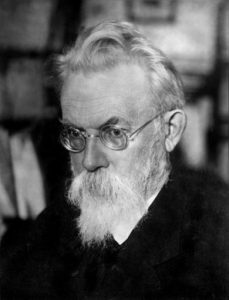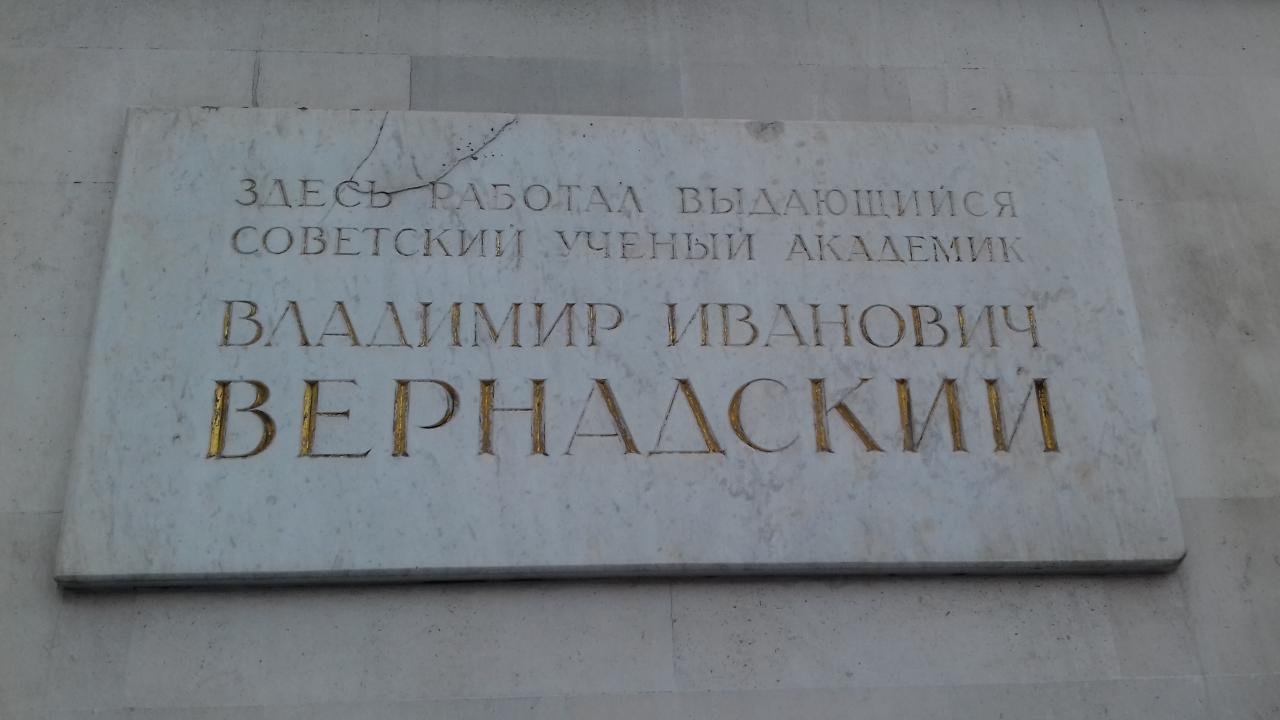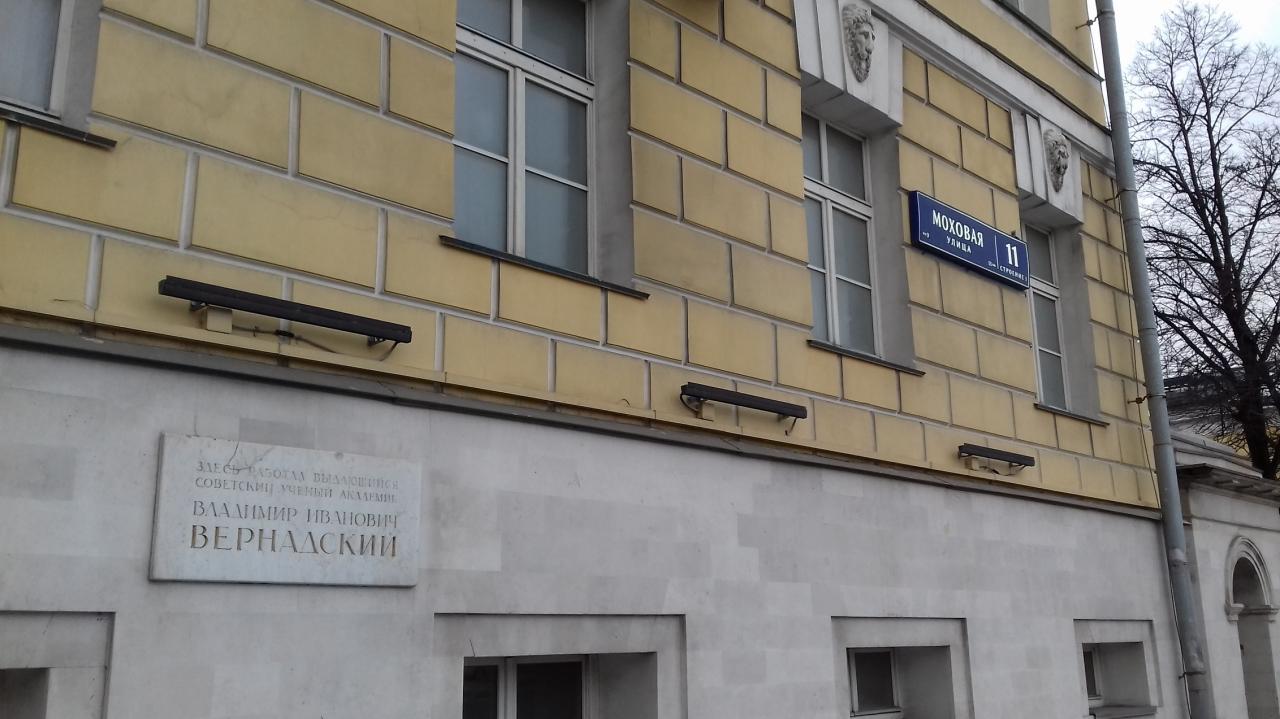Vladimir Ivanovich
Vernadsky
1863-1945

Vladimir IvanovichVernadsky was a scientist, thinker and public figure. He was an Academician of the Imperial St. Petersburg Academy of Sciences (1912), Full State Councillor (1911), creator of scientific schools (mineralogy, geochemistry) and the science of biogeochemistry. He was one of the exponents of Russian cosmism. He was winner of the First Degree Stalin Prize (1943). His scientific interests included: mineralogy, crystallography, geochemistry, geology, soil science, radiogeology, biology, palaeontology, biogeochemistry, meteoritics, philosophy and history of science. He was born in St. Petersburg on 28 February 1863. He entered the Department of Physics and Mathematics at St. Petersburg University, where his teacher was the founder of soil science V.V. Dokuchaev. In 1885 he defended his thesis for the degree of candidate and, at Dokuchaev’s suggestion, became an employee of the mineralogical cabinet of the university. In 1888 V.I. Vernadsky was sent to Europe, where he studied in Munich and Paris. He travelled extensively in Central and Eastern Europe and Russia, carrying out geological research. In 1897 he defended his doctoral thesis on crystallography “The phenomena of sliding of crystalline matter” in March 1912. In 1914 he became the director of the Geological and Mineralogical Museum of the Academy of Sciences in St. Petersburg, Russia. He participated in the opening of free canteens for starving peasants, took part in zemstvo congresses and became a member of the State Council of the Russian Parliament. A few years later V.I. Vernadsky was put in charge of the Ministry of Public Education under the Provisional Government. In 1922-1926 V.I. Vernadsky lectured to students at the University of Paris, then he worked in Prague. At the same time, the professor wrote important works for world science – “Geochemistry”, “Autotrophy of Mankind”, “Living Matter in the Biosphere”. In 1926, after his return to Leningrad, V.I. Vernadsky became the director of the Radium Institute, and two years later he took the post of the director of the newly established Biogeochemical Laboratory. At different periods of his biography, the scientist was the head of scientific communities studying groundwater, permafrost, heavy water, geological age of rocks. In 1940 he was appointed head of the Uranium Commission. V.I. Vernadsky was one of the founders of the USSR’s nuclear programme. In 1943, on the 80th anniversary of his birth “for many years of outstanding work in the field of science and technology” V.I. Vernadsky was awarded the Stalin Prize of the 1st degree. In 1944 he published the last article of his life – “A few words about the noosphere”, in which the scientist derived the concept of “noosphere”: There is a great geological, perhaps cosmic, force whose planetary action is not usually taken into account in ideas about the cosmos in the biosphere… This force is the spirit of man, the will that he strives for and organises as a social being”. There is a memorial plaque to the great scientist in Moscow on Mokhovaya Street.
Address: Moscow, Mokhovaya str., 11, building 1

